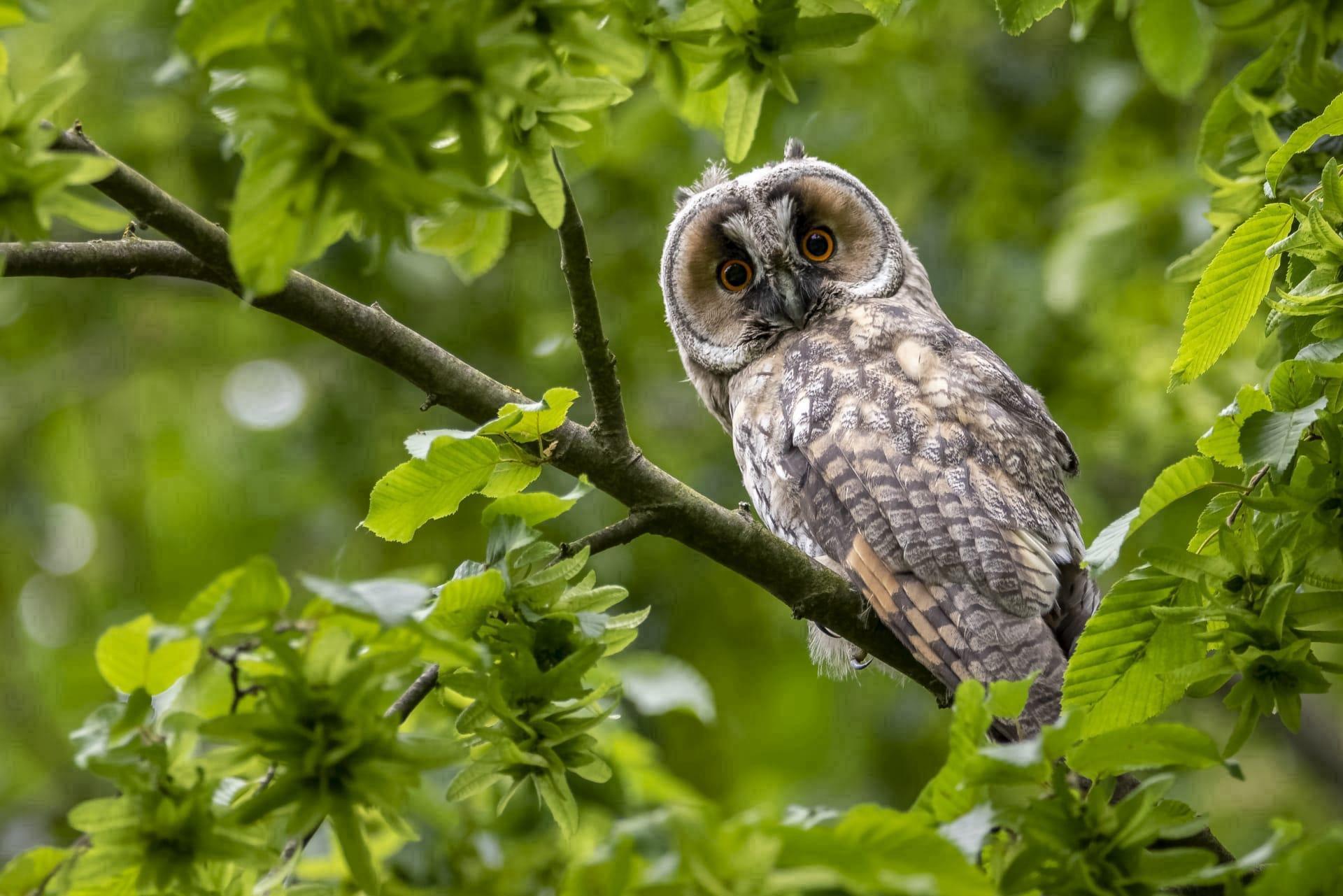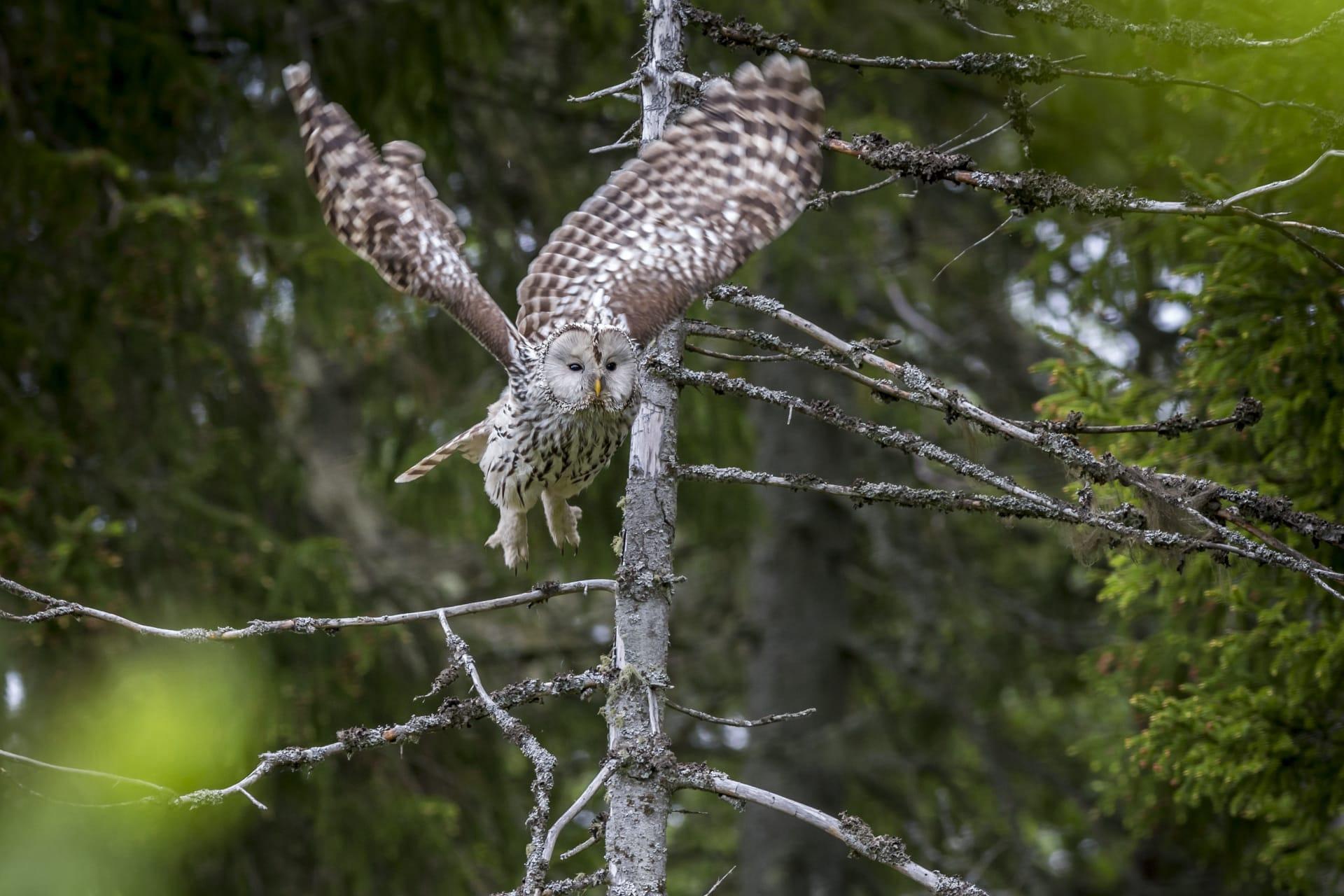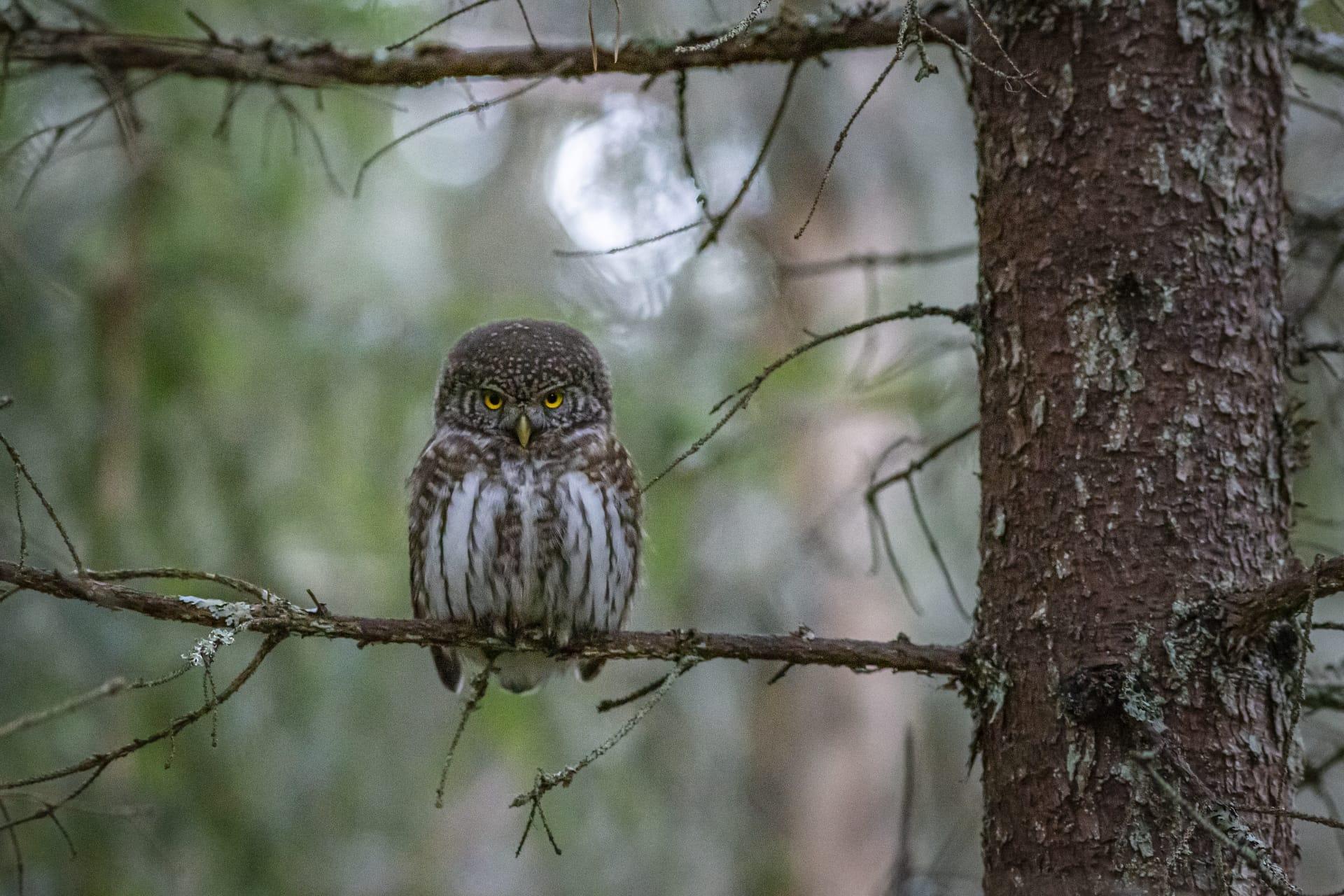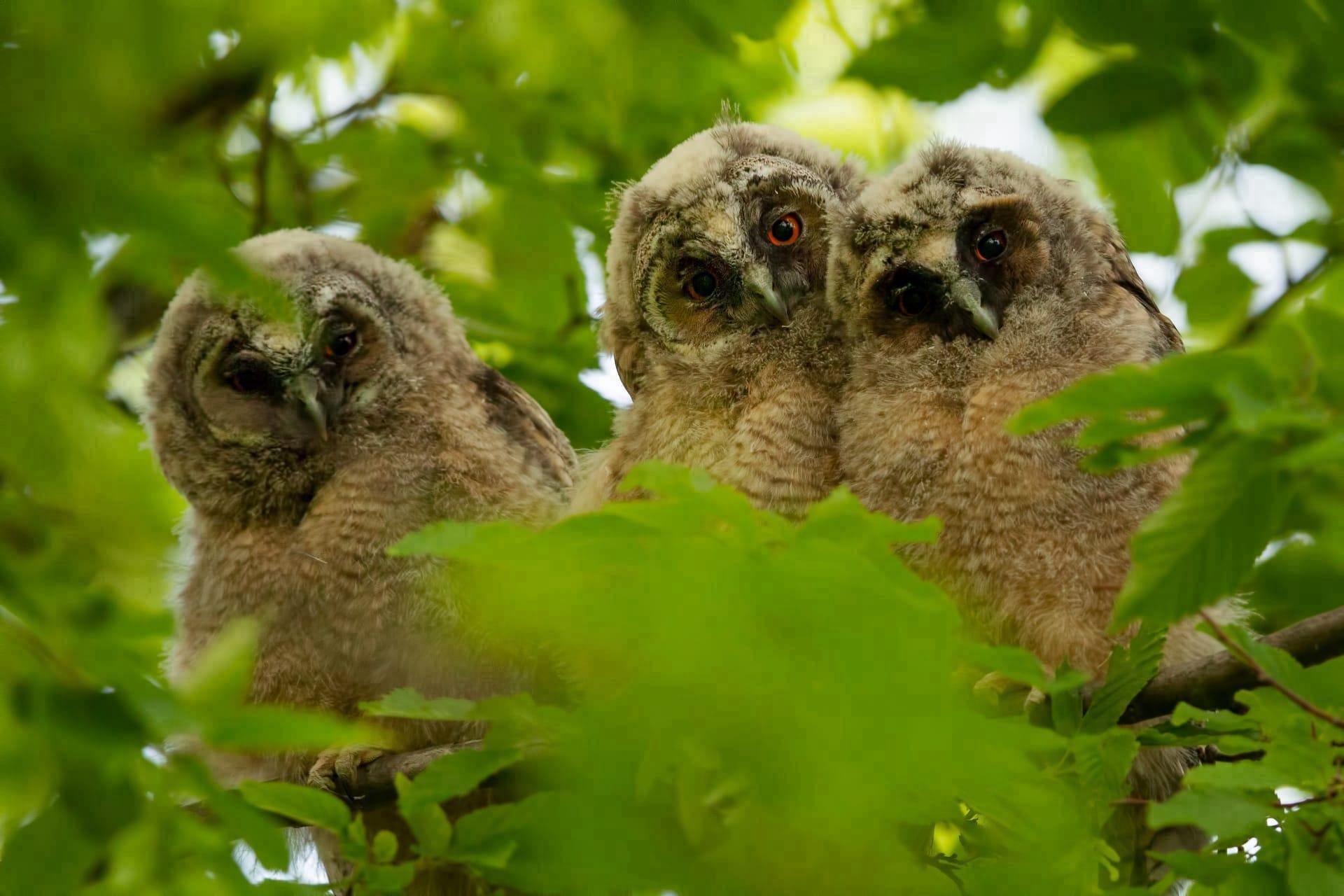1
Owls have an extraordinary neck flexibility, allowing them to turn their heads up to 270 degrees in either direction. This is possible due to their unique bone structure. Owls have 14 neck vertebrae, which is twice as many as humans. This adaptation is crucial for their hunting strategy, as their eyes are fixed and cannot move within their sockets, requiring them to move their entire head to change their field of view.
Another fascinating aspect of owls is their silent flight. Unlike most birds, owl feathers have a unique structure that reduces noise while flying. The leading edge of their wing feathers have a serrated design, breaking down turbulence into smaller currents, which reduces sound. This adaptation allows them to stealthily approach their prey, a key factor in their hunting success.

2
Owls possess exceptional night vision, attributed to their large eyes and a high concentration of rod cells, which are sensitive to low light. Their eyes are tubular in shape, providing a larger surface area for light absorption. This feature enables them to see prey in dim conditions where other predators would struggle.
Remarkably, owls can also detect prey by sound alone. Their asymmetrically placed ears allow them to pinpoint the location of sounds with incredible accuracy. One ear is typically higher than the other, and this slight difference in positioning enables them to triangulate the sound's origin, making them formidable nocturnal hunters.

3
The diet of owls is quite diverse and includes a range of small mammals, insects, and other birds. What's interesting is their method of consumption. Owls often swallow their prey whole and later regurgitate indigestible parts, such as bones and fur, in the form of small pellets. These pellets provide valuable information to scientists about owl feeding habits and local biodiversity.
Another intriguing fact is that owl species vary greatly in size. The smallest, the Elf Owl, measures about 5 inches in height and weighs around 40 grams, while the largest, the Blakiston's Fish Owl, can reach up to 28 inches in height and weigh over 4 kilograms. This significant variation showcases the adaptability of owls to different environments and prey types.

4
Owls play a vital role in ecosystem balance as natural pest controllers. Their diet often includes species that are considered agricultural pests, such as rodents and insects. By controlling these populations, owls indirectly aid in crop protection and natural balance, making them valuable allies for farmers and ecosystems alike.
The breeding habits of owls are also noteworthy. Many species are monogamous and may remain with the same partner for several years or even a lifetime. They often reuse the same nesting site annually, which can include tree cavities, abandoned nests of other birds, or even man-made structures. This long-term pair bonding and site fidelity are somewhat rare in the bird world.

5
Owls have a diverse range of vocalizations, each serving different purposes. These sounds can include hoots, screeches, barks, and whistles, varying widely among species. These vocalizations are used for territory defense, attracting mates, and communicating with their young. The complexity and variety of these sounds play a crucial role in the social structure and survival of owls.
Owls have been symbols in various cultures for millennia, often associated with wisdom and mystery. This cultural significance stems partly from their nocturnal habits and silent flight. They've been featured in folklore, literature, and art across the globe, highlighting their impact on human culture and the fascination they continue to inspire in people of all ages.